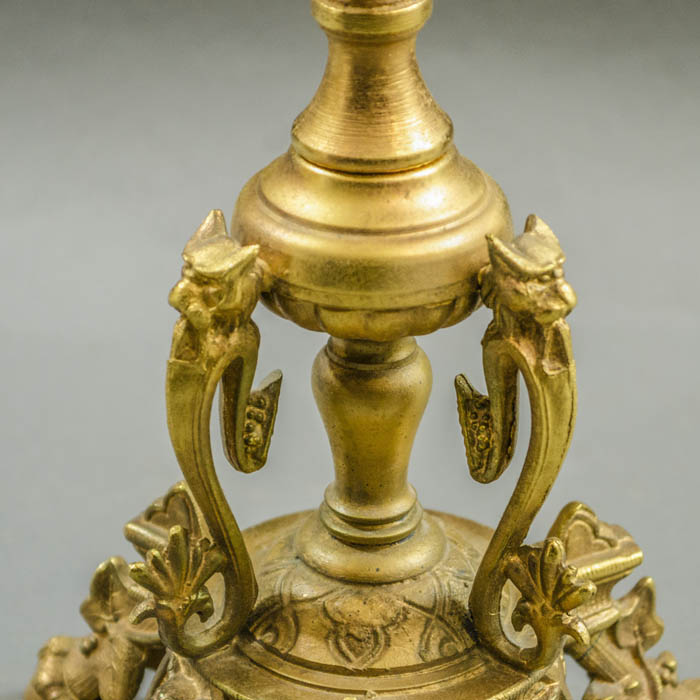Description
The geography of North America shows national boundaries, major cities and rivers, but does not delineate states or provinces. Canada is broadly labeled British America, with the northeastern portions labeled Labrador and Canada. Most of the labeled geography of Africa is along the coasts and in Egypt and “Abyseinea” (present day Ethiopia). Small, incomplete portions of the northernmost portions of the Antarctic coastline are shown, including South Victoria, with most of it labeled “Supposed Southern Continent.” Isothermal lines are indicated in red and blue. The equator, ecliptic and equinoctial colure are indicated with bold dashed lines. There is a figure-8 analemma in the Pacific Ocean.
Juvet & Company was founded by Louis P. Juvet in Canajoharie, New York, probably in 1879 in partnership with James Arkell. Juvet was a Swiss immigrant and inventor who patented a mechanical globe in 1867 and exhibited one at the 1876 Philadelphia Centennial Exposition. By the early 1880s, Juvet & Co. was making more than 60 types of globes, but went out of production when the factory burned down in 1886. Juvet produced both clock globes and conventional globes of similar appearance without a clock mechanism, to be turned by hand; the latter were usually called “Relative Time” globes in the cartouche. These globes were available in diameters of 12, 18, or 30 inches. A clockwork mechanism inside of the hollow globe (referred to by Juvet & Co. as a “chronometer”) turned the globe once a day. An advertising trade card issued by Juvet described “The Time Globe” as “a miniature representation of the Earth in position and daily motion: an instrument at once scientific and simple.” Juvet also produced 6-inch globes without clock works some of which bore the”Relative Time” designation.
Juvet usually issued their globes on elaborate finely cast gilt-bronze stands in the Renaissance revival taste, with an assortment of interesting and somewhat eccentric classical motifs. The most typical Juvet stand has a central standard joined by four legs, each surmounted by a stylized fierce eagle head, with elongated scaly bird legs, ending in bird ball and claw feet. Juvet globes generally feature a gilt bronze arrow that appears to go through the globe, with a feather at one end and a pointed arrowhead at the other. For the company’s Time Globes, the clock mechanism was suspended in the middle of the arrow, hidden by two halves of the terrestrial globe which could be opened at the equator. The clock could be wound by turning the arrow clockwise. These globes also featured a round metal ring at the equator with a paper clock dial marked with hours from 1 to 12. Many Relative Time globes were also issued with an arrow though them and a hour circle, though the arrow feather served no functional purpose since there were no clock works inside to turn.
Round Cartouche in South Pacific Ocean: 6 INCH GLOBE/ MANUFACTURED/ BY/ JUVET & CO./ CANAJOHARIE/ N.Y./ U.S.A. UNITED STATES PATENTS SEPT. 23 & OCT’R 28TH 1879, ENGLISH PATENT OCT’R 3’D 1879. GERMAN PATENT NOV’R 14TH 1879.
Condition: Generally very good with the usual overall light toning and wear. Bronze stand appears to be original, recently re-gilt, overall fine.
References:
Warner, Deborah Jean. “The Geography of Heaven and Earth,” Rittenhouse Journal of the American Scientific Instrument Enterprise, Vol. 2, No. 2 (1987). p. 103.

















